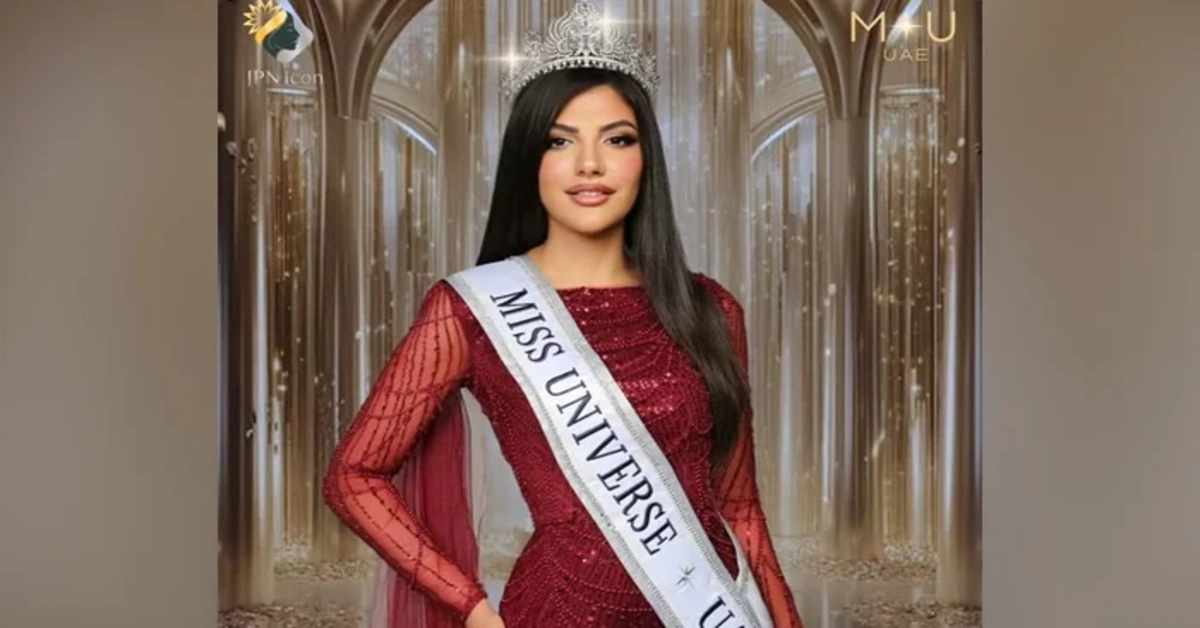Explore cousin marriage traditions, hidden health risks, and modern views. Learn cultural, medical, and legal insights in this detailed guide.
Introduction
For centuries, cousin marriage has been a familiar practice across many parts of the world. From the royal courts of Europe to the vibrant communities of South Asia, these unions are often seen as a way of preserving heritage, strengthening bonds, and keeping trust within the family. At the same time, science and law remind us that marrying a close relative—such as a first cousin—comes with important health considerations.
The Warm Side of Familiar Bonds
One reason cousin marriage has endured is the deep familiarity it creates between partners. Unlike strangers brought together by chance, cousins grow up with shared traditions, values, and family support.
Royal love story: Queen Victoria marriage to her first cousin, Prince Albert, produced nine children and cemented one of the most influential dynasties in European history. Their story is remembered not only for politics but also for their strong personal devotion.
Scientific brilliance with family support: Albert Einstein married his cousin Elsa, who became his confidante during challenging times, highlighting how emotional support within family ties can help even a global genius.
Cultural identity in Pakistan: Cricketer Shahid Afridi marriage to his cousin reflects how extended families often see these unions as a way to strengthen loyalty and preserve cultural values.

The Practical Side of Cousin Marriage
Beyond affection, these unions also serve practical purposes:
Preserving heritage and property: In agrarian and tribal societies, marriages between cousins help maintain land ownership, inheritance rights, and cultural identity within the family.
Known health background: Marrying someone you already share ancestry with often means both partners are more aware of family medical history, which can make genetic counseling easier.
Support systems: Extended families that intermarry often provide stronger emotional and financial support for young couples—something especially valuable in communities where collective living is common.
The Serious Side: Health and Law
While many couples thrive, it’s important to understand the scientific findings.
Genetic risks: Studies show that children of first cousin unions face an additional 2–3% chance of congenital conditions compared to unrelated parents. The risk roughly doubles, but it is still modest in absolute numbers.
Recessive disorders: Because cousins share about 12.5% of their genes, recessive conditions are more likely to appear if both parents carry the same gene variant.
Real-world impact: In Pakistan, where nearly 70% of marriages are between cousins, health experts have raised concerns about higher rates of genetic disorders in children.
Laws also vary widely:
In the United States, some states allow cousin marriage freely, while others, like Tennessee, recently banned it. Maine allows it only if couples undergo certified genetic counseling.
In parts of the Middle East, North Africa, and South Asia, such unions are common and culturally accepted, though health campaigns increasingly encourage genetic screening.
The Lighter Side of Discovery
Not every story about cousin unions is heavy. Some are downright surprising or even humorous.
Kevin Bacon and Kyra Sedgwick, a Hollywood couple, discovered through genealogy that they are distant cousins—yet remain happily married.
In Pakistan, wedding jokes often highlight the irony of childhood playmates becoming husband and wife.
Historical figures like H.G. Wells and Edgar Allan Poe also married cousins, reminding us that the practice has quietly shaped art, science, and literature.
First Cousin Unions in Modern Times
In today’s world, cousin marriage remains both traditional and modern.
In South Asia and the Middle East, it is still one of the most common forms of marriage, valued for cultural continuity and trusted alliances.
Among diaspora communities in the UK, Europe, and North America, younger generations navigate a balance: respecting tradition while considering genetic advice.
With genetic counseling and carrier screening, many couples are able to reduce risks significantly without abandoning cultural practices.
Also Read: One Piece Live Action Season 2 First Look: The Grand Line Gets Even Wilder
Global Attitudes Toward Cousin Marriage
Different countries approach cousin marriage very differently:
Permitted: It is legal in most of Asia, the Middle East, Africa, and South America. Pakistan, India, and many Muslim-majority countries allow it freely.
Restricted: Some Western countries, including about half of the U.S. states, ban or regulate first cousin marriage due to health concerns.
Cultural divide: In Europe, cousin marriage was common among aristocrats but has since declined; in contrast, in South Asia and the Middle East, it remains socially valued.
Balancing Emotion with Preparation
Couples considering cousin marriage today can benefit from both tradition and science:
Family history mapping: Charting health issues across generations provides a clear picture of risks.
Genetic counseling: Specialists can explain whether specific conditions are likely to pass on, offering customized guidance.
Carrier screening: Modern tests reveal whether both partners carry genes for the same recessive condition.
Prenatal options: For those already expecting, early screenings and diagnostic tools provide clarity and peace of mind.
Policy awareness: Couples should check the laws where they plan to marry, since legal rules differ greatly.
Final Thoughts
From European royals to modern Pakistani families, cousin marriage has shaped human history in ways both practical and emotional. For some, it represents trust, love, and cultural continuity; for others, it raises concerns about health and genetics.
The truth lies in balance: cousin marriage is not inherently harmful, but repeated unions across generations carry risks. With global science offering tools like genetic counseling, communities worldwide—especially in Pakistan and Asia—can continue their traditions while ensuring healthier outcomes for future generations.




Join The Discussion